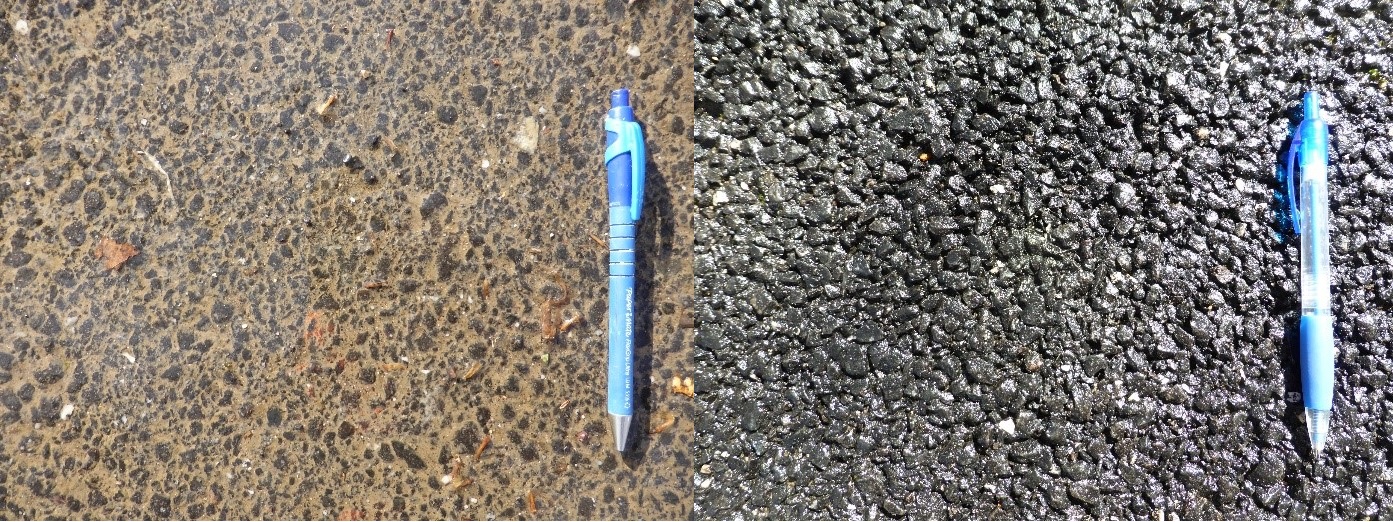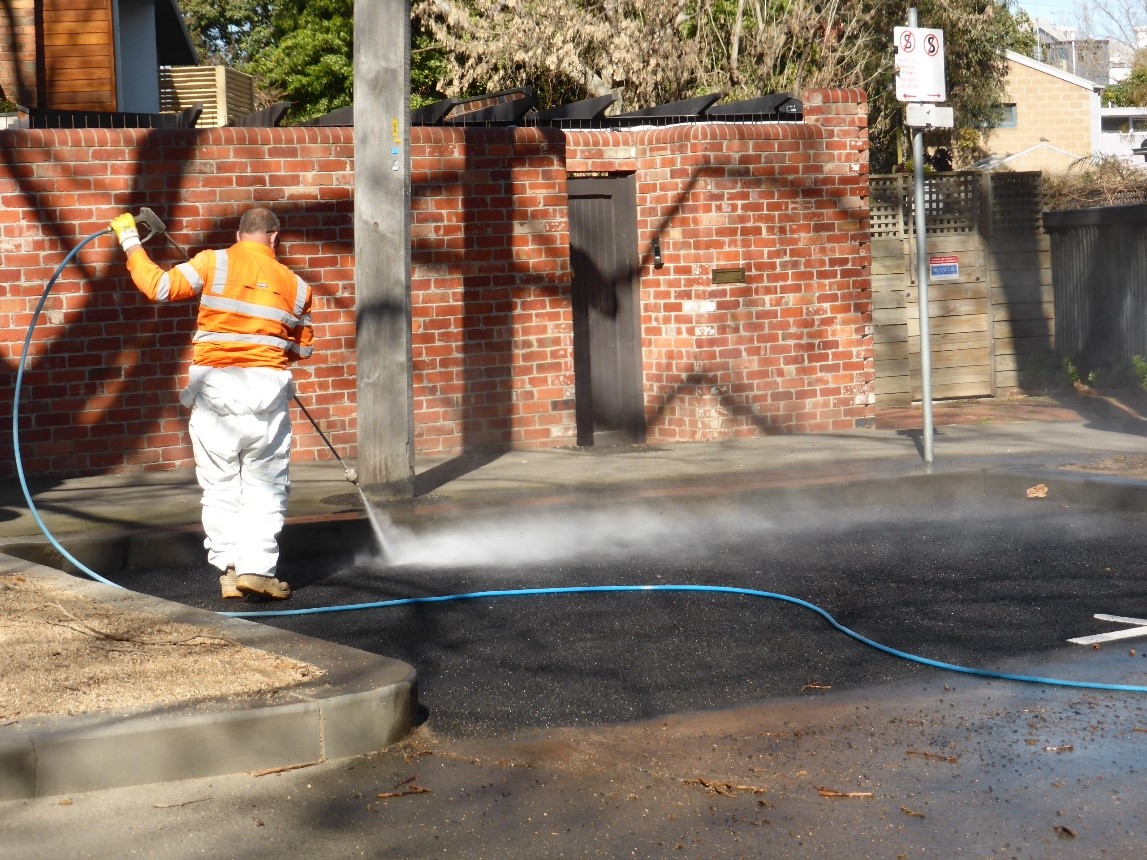Maintenance and monitoring of permeable pavements
City of Melbourne has constructed several permeable pavement assets at different locations across the municipality. Before constructing more permeable pavement assets council engineers, open space planners and urban designers wanted to be confident they are effective and ongoing maintenance requirements are clear. To address this, City of Melbourne completed a research project with E2Designlab to evaluate the effectiveness of the assets and establish a maintenance regime that supports their performance.
Key findings:
- Cleaning permeable pavements restores their functionality.
- The most effective cleaning method is pressure washing.
- Pavements should be cleaned once a year after autumn leaf drop to maximise effectiveness.

and infiltration












